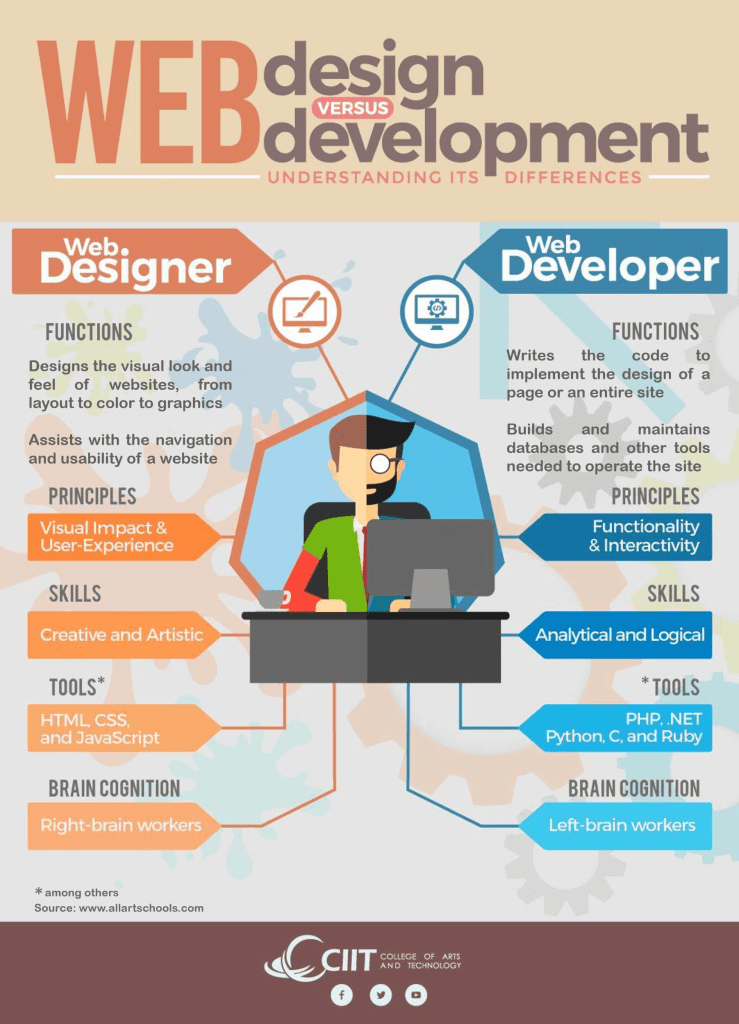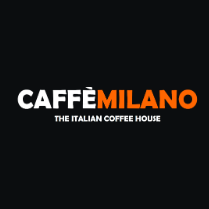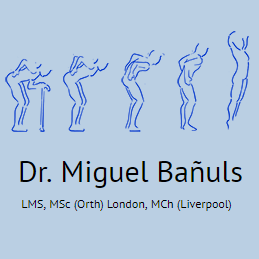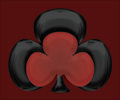When contemplating the digital realm, understanding the nuances of web design vs. web development is crucial. These two disciplines, while interlinked, serve distinct purposes in creating a robust online presence. The difference between web design and development shapes the way users interact with websites, emphasizing the importance of web design for aesthetics and user experience, as well as the importance of web development for functionality and performance. By adhering to web design best practices and honing essential web development skills, professionals can create engaging, high-functioning sites that captivate users. This article delves into the intricate balance of these elements, illuminating the essential collaboration that leads to truly successful web projects.
In the expansive universe of the internet, the terms visual crafting and technical construction emerge as synonymous counterparts to web design and web development. Visual crafting pertains to the artistry involved in designing a website’s appearance, ensuring it resonates with users aesthetically and intuitively. On the flip side, technical construction involves the coding and back-end processes that bring these artistic visions to life, ensuring they operate seamlessly across various devices. Both realms are fundamental, as they converge to create a harmonious digital experience that meets user expectations and business needs. In understanding these dynamics, we can appreciate the delicate dance between creativity and technology that defines our online interactions.
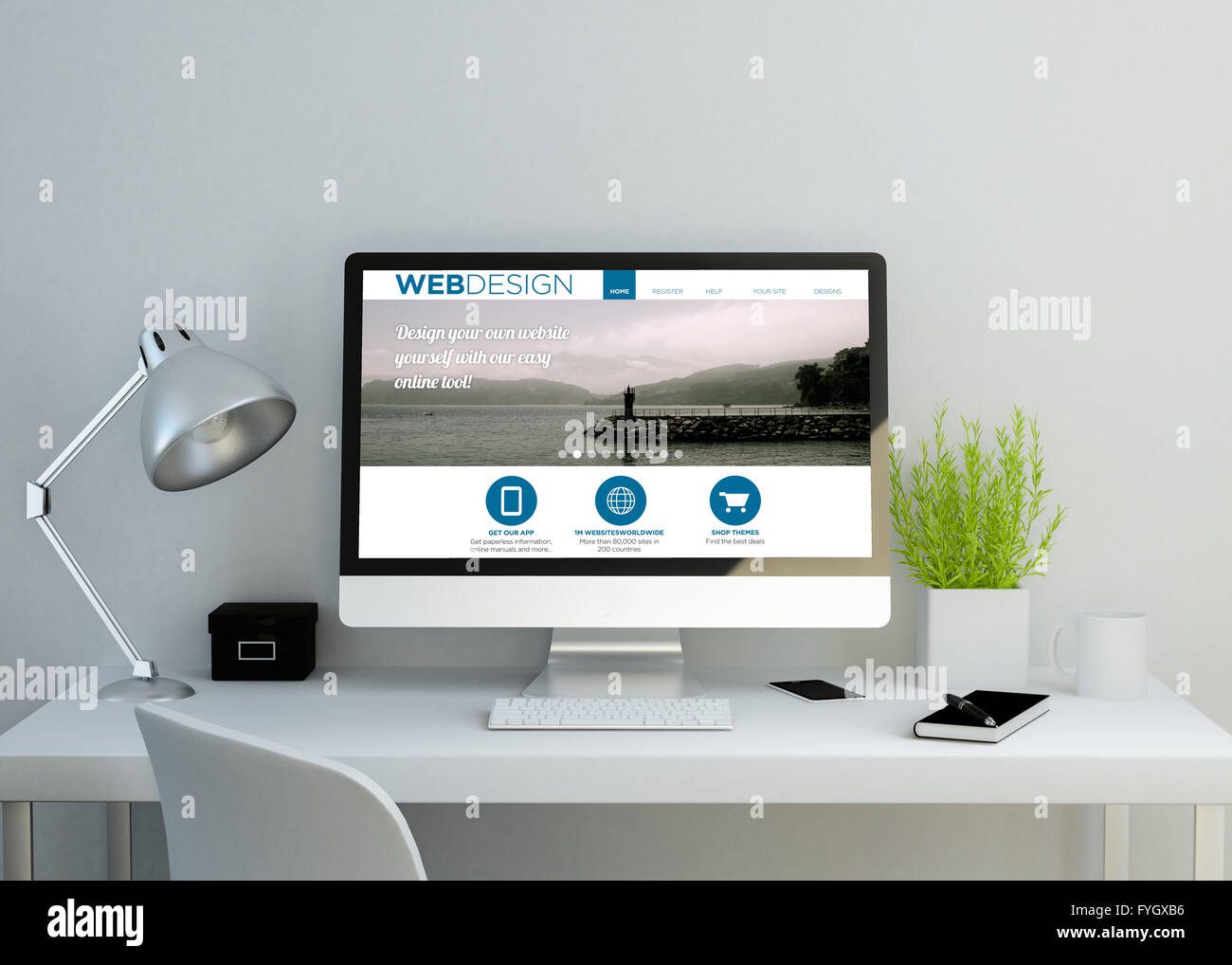
The Aesthetic Appeal of Web Design
Web design is the artistry behind every pixel, the color palette that speaks to the soul of a website. Imagine walking through a virtual gallery, where each layout, each color scheme, draws you deeper into the experience. Designers curate not only aesthetics but also interactions that nurture relationships between visitors and the site. Their creations are the façade of the digital world, an inviting face that beckons users to explore.
In web design, the balance between creativity and functionality is crucial. Designers rely on tools like Figma and Adobe XD, sketching drafts that dance between imagination and utility. They ponder user behaviors, crafting paths that inspire engagement and foster exploration. Each button, each image, is placed with intent, guiding the user’s journey with a gentle nudge. The user experience is paramount; they strive to create not just a site, but an engaging escapade through the virtual landscape.
The Backbone of Web Development
While design enchants the eye, it is web development that breathes life into the design’s visions. Developers are like skilled artisans, chiseling away at lines of code to reveal a robust structure. Through HTML, CSS, and JavaScript, they piece together the functionalities that make a site operational. Each line of code is a thread in a rich tapestry that tells the story of user interaction, bridging gaps between front-end aesthetics and back-end architecture.
The world of web development is vast and diverse. Front-end developers sculpt the user’s interaction with vibrant buttons and smooth animations, while back-end developers ensure the digital engine runs seamlessly beneath the surface. Their work is less visible but no less vital. Together, they collaborate to create a harmony where the user can navigate with ease, every click a note in a symphony of functionality playing beneath a user-friendly surface.
The Evolution of Design and Development
As technology advances at breakneck speed, the lines separating web design and development continue to blur, fostering a rich interplay of skills and specialties. Modern professionals often wear multiple hats, embodying both the designer’s creative eye and the developer’s technical prowess. This evolution encourages collaboration, where the melding of creativity and coding leads to innovative solutions that cater to a diverse audience.
Today, responsive design has become an expectation rather than a luxury. Designers work diligently to ensure that their visual narratives translate into flexible layouts that adapt gracefully across screens. Meanwhile, developers construct the frameworks that support these fluid designs, focusing on accessibility to ensure everyone can engage with content. As both fields embrace new trends like low-code platforms and inclusivity practices, the partnership between design and development continues to foster a richer, more engaging digital experience for all.
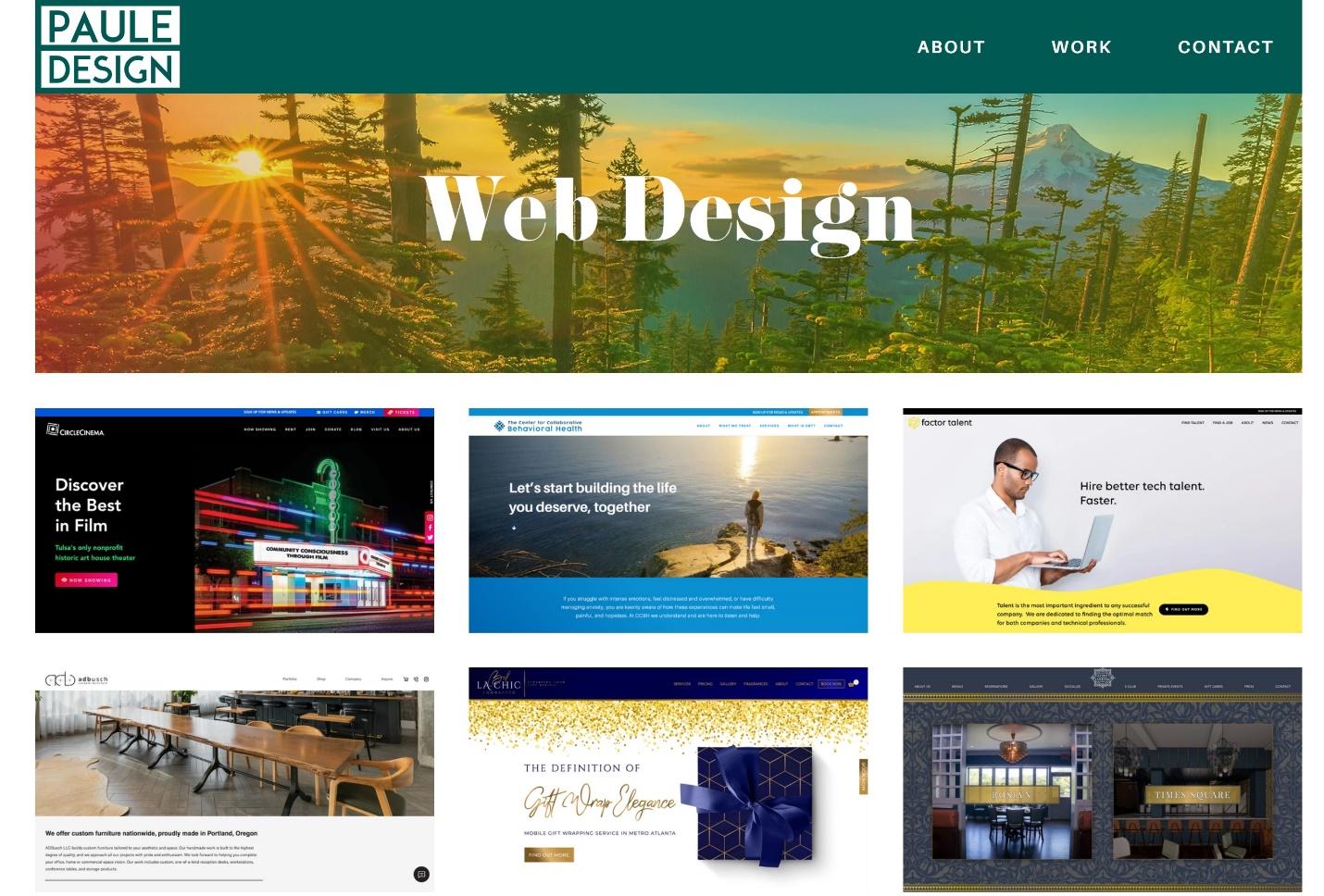
Embracing the Synergy of Design and Development
The intricate dance between web design and web development lays the foundation for an exceptionally vibrant online presence. Each discipline, while unique, contributes harmoniously to a website’s overall effectiveness and appeal. By recognizing the value of this synergy, stakeholders can cultivate a digital environment that not only captivates visitors but also drives engagement and conversions. In today’s rapidly changing landscape, understanding and harnessing this collaboration can significantly elevate a brand’s visibility and value.
In summary, the interplay between aesthetics and functionality should not be underestimated. Designers paint the canvas with creativity and visual charm, while developers breathe life into those designs, ensuring smooth functionality. Learning to appreciate the strengths of both disciplines can enable businesses, freelancers, and creatives alike to innovate exceptional web experiences that resonate with users, making every click count.
Looking Ahead: The Future of Web Design and Development
As we peer into the future of web design and development, it’s clear that these fields are on a remarkable trajectory of growth and transformation. With advancements in technology paving the way for more interactive and personalized user experiences, we can anticipate an exciting time ahead for both designers and developers. Staying informed about emerging trends will be pivotal in creating impactful websites that cater to an increasingly discerning audience.
Moreover, the emphasis on inclusivity and accessibility is expected to escalate, prompting professionals in both realms to adopt practices that ensure everyone can benefit from digital content. Fostering innovation through collaboration will remain paramount, empowering teams to push boundaries and redefine what is possible online. In this evolving narrative, the art of web design and the science of web development will continue to entwine, sculpting a vibrant digital tapestry that enthralls all who engage with it.

